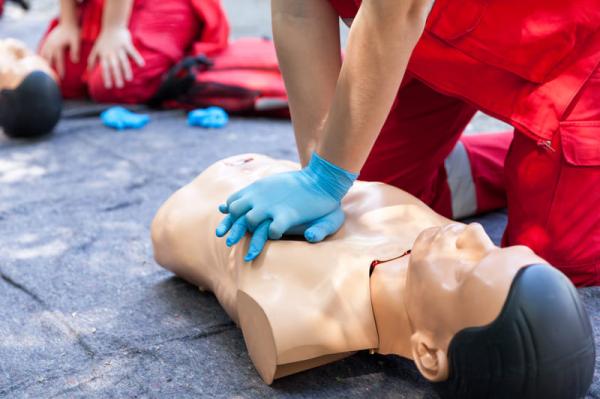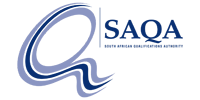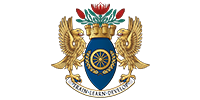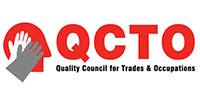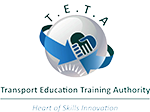Understanding the essential skills to perform CPR on adults, children and infants is vital. Learning CPR is a critical component of a first aid course. Students are trained to recognise signs of cardiac arrest and take action when chest compressions are required. Understanding the difference between performing CPR on adults and infants is essential to prevent injury.
CPR should only be attempted by trained and qualified individuals who have completed their course. Knowledge not only prepares individuals to respond confidently in emergencies but also contributes to communities with limited health providers and emergency care.
Understanding CPR Basics
Cardiopulmonary resuscitation is a technique used in emergency situations to save lives. This technique involves compressions to the chest and mouth to mouth rescue breathing in attempt to keep the individuals blood and oxygen circulating once the heart has stopped. The goal of CPR is to maintain oxygen delivery to vital organs and the brain to prevent brain damage.
CPR increases the chance of survival after cardiac arrest, potentially doubling or tripling their odds of survival. CPR training within a first aid course involves recognising the signs of cardiac arrest by identifying symptoms. Students can practice chest compressions and rescue breaths by attending first aid training.
Differences In CPR Techniques For Adults, Children, And Infants
CPR techniques vary according to age group. Compression depth used on adults will not be the same for infants. The two key varying factors of importance include hand placement and compression depth.
Infants:
The hand placement on infants should be on the center of the chest, below the nipples and compression depth around 4 cm or one third the debt of the chest.
Children:
Hand placement on children requires one or two hands on the center of the chest depending on the child’s size. Compression depth should be 5 centimeters.
Adults:
Adults require one hand to be placed on the center of the chest with the other hand placed on top. Compression rate for adults are the same as for children, 5 centimeters.
The compression rate on adults, infants and children is generally the same at 100-120 per minute.
Recognising When CPR Is Needed During Cardiac Arrest
There are a few observable signs that may help me you notice cardiac arrest in adults, children and infants. The first being unresponsiveness. If the individual is not responding to verbal or physical stimuli, this is a very good sign that something may be wrong. The second sign is the absence of breathing or gasping for air. Finally, the third sign, is if there is no pulse that can be found in either the neck or wrist.
If you suspect an individual is in cardiac arrest, emergency services should be called immediately. Only perform CPR if you have been professionally trained to do so and if you have first aid training. Otherwise take guidelines from emergency services and wait for first responders to arrive.
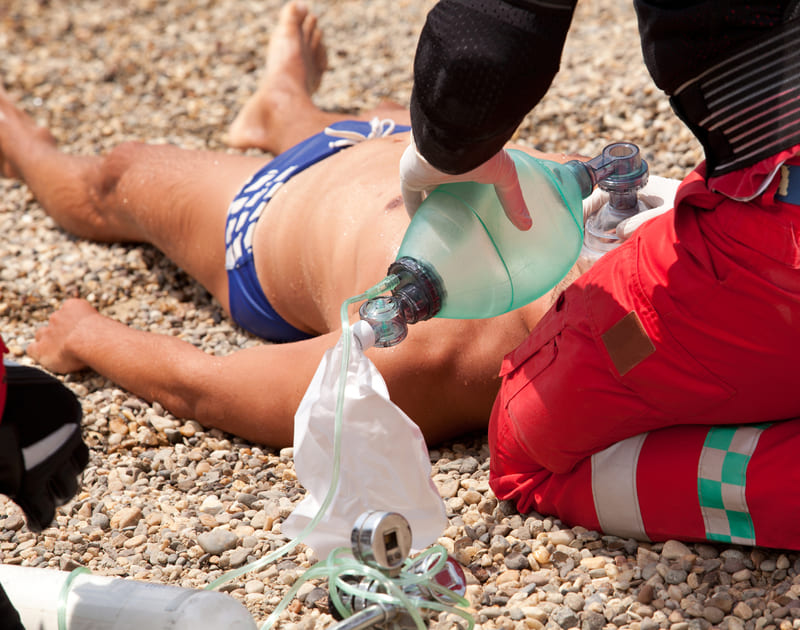
Step-by-Step Guide To Performing CPR
If you find yourself near someone having a cardiac emergency, call emergency services immediately. The second step involves positioning the person in a position where you can easily assess their current state. Persons should be positioned on their back. Tilt the persons head back and listen for breathing. Observe to see if the person’s chest is rising and falling.
Performing CPR On Adults
If the person is adult, place two hands in the middle of the chest – interlocking fingers. Start with two compressions a second or 100-120 per minute, using the heel of your hand. Keep in mind that the compression depth should be 5 centimeters. Rescuer should give rescue breaths every 15 to 20 seconds if trained in CPR. It Is important to minimize interruptions between compressions.
Performing CPR On Children And Infants
The CPR technique should be adjusted for children and infants. Smaller children should receive a compression depth of 4 centimeters, while older children can receive the same technique as adults. Infant CPR involves two-finger compressions at the center of the chest combined with gentle breaths. Compressions should be a bit shallower than those used for adults.
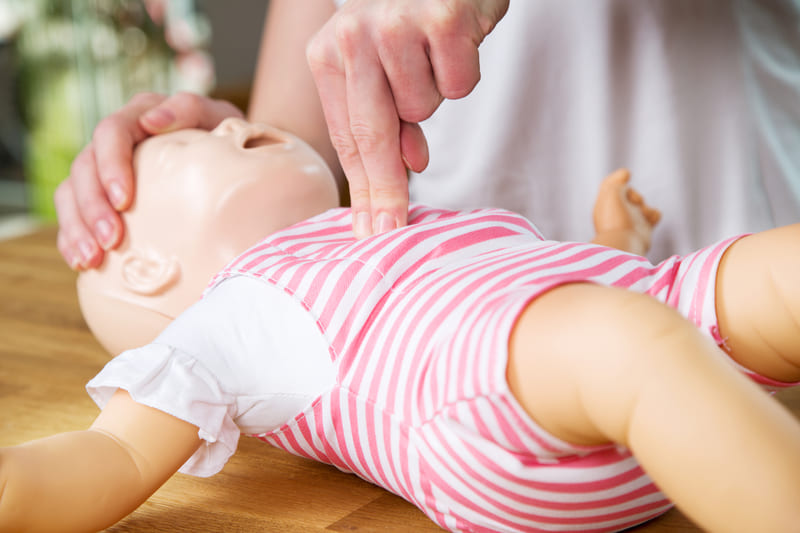
Benefits Of Learning CPR
Learning CPR in a first aid course builds confidence and competence in emergency situations. It is important to receive hands on training and practice with instructor feedback while in training. Students of first aid courses can receive certifications and recognition from health authorities. Individuals with the knowledge of a completed first aid course will receive a step up in their field of work. Teachers and lifeguards become certified for their fields of work.
Trust EMCARE For Comprehensive CPR Training
Mastering CPR through a certified first aid course will empower individuals in emergency situations and potentially save lives. The skills learned and practiced at a first aid course will boost student’s confidence and competence during emergency situations. At EMCARE we encourage all persons who work in a field with children to partake in a first aid training. We provide high quality, assessable CPR education which can save lives. At EMCARE we offer first aid courses from level one to three as well as a CPR and AED course.
We recommend basic first aid training for all, focusing on entry level training like wound, burn and fracture care. Our level 1 course is an introduction to emergency care and equips learners with practical skills like performing CPR. The Level 2 First aid Course is an intermediate course that equips learners with extensive knowledge of emergency care, whereas the level 3 course is recommended for individuals with hazardous occupations.
Individuals equipped with the right training and knowledge is able to provide care to themselves and others. Investing in CPR training not only enhances personal readiness but contributes to safer communities where more lives can be saved through timely intervention.

